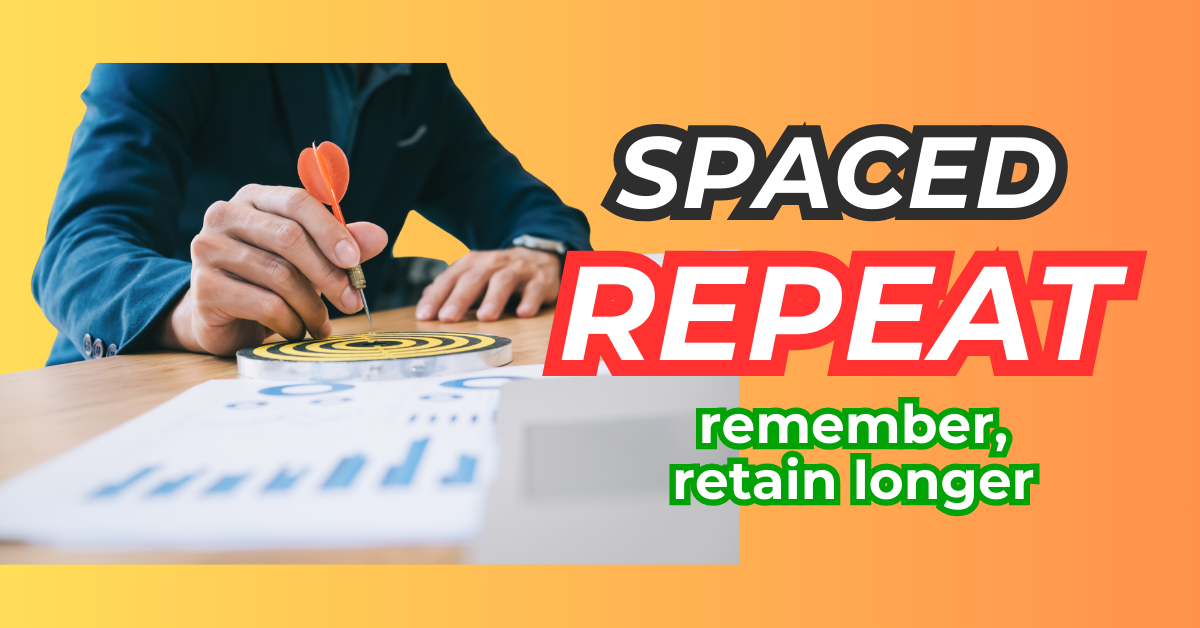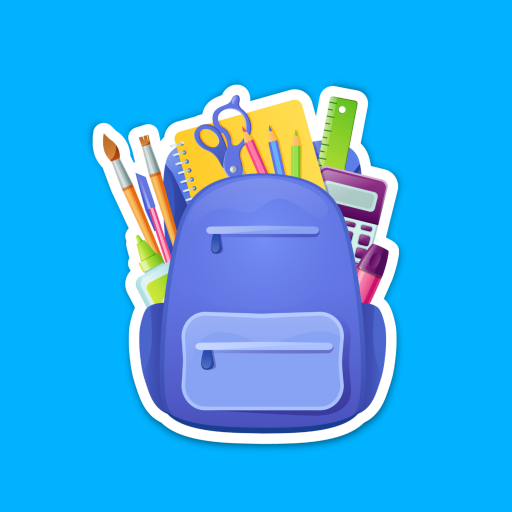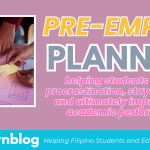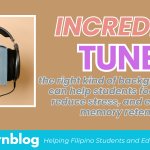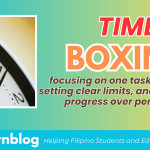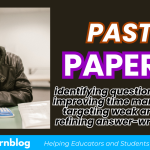As students, we are often faced with the challenge of retaining vast amounts of information, whether for exams, projects, or everyday learning. One powerful technique that can help is Spaced Repetition. By strategically reviewing material at increasing intervals, students can significantly improve their ability to remember information and retain it long-term.
Spaced Repetition
Spaced Repetition is a learning technique that involves reviewing information at gradually increasing intervals of time. Rather than cramming all at once, you space out your study sessions to allow your brain time to absorb and consolidate the material. This approach is based on the concept of “spacing effect,” a psychological phenomenon where we tend to remember information more effectively if we review it at spaced-out intervals, as opposed to repeatedly studying it in one go.

The technique works by taking advantage of how our brains process and store information. When you initially learn something, your memory of it fades over time. However, if you review the material before it’s forgotten—at a time when it’s just starting to slip away—the information is reinforced and stored more securely in your long-term memory.
This method not only combats the problem of forgetting but also strengthens neural connections, making it easier to recall the material when you need it. Research has shown that Spaced Repetition can improve retention rates by as much as 30%, making it one of the most effective ways to study.
Practical Guide
There are many ways to incorporate Spaced Repetition into your study routine. Here are some practical tips to get started:
1. Use Spaced Repetition Apps: Apps like Anki and Quizlet are designed to help students implement Spaced Repetition. These apps use algorithms to determine when you should review each flashcard or topic based on how well you’ve remembered it in the past. They automatically schedule reviews for you, so you don’t have to worry about when to study.
2. Set Review Intervals: A typical interval might look something like this:
1st review: After 1 day
2nd review: After 3 days
3rd review: After 1 week
4th review: After 2 weeks
5th review: After 1 month By expanding these intervals over time, you can ensure that information stays fresh in your memory without overwhelming yourself with constant review.
3. Create Your Own Spaced Repetition System: If you prefer not to use an app, you can build your own system. Write down your study material, and set reminders on your calendar or a planner to review different sections on spaced intervals. For example, after learning new content, you might review it the next day, then again in 3 days, and then again a week later.
4. Combine with Active Recall: Spaced Repetition works even better when combined with Active Recall—the practice of testing yourself on the material instead of just passively reading or reviewing notes. For instance, when reviewing flashcards, try to recall the information from memory before checking the answer. This technique strengthens memory retrieval and reinforces what you’ve learned.

Benefits of Spaced Repetition for Students
Spaced Repetition helps you retain information long after you’ve studied it, which is especially helpful for cumulative exams and long-term learning.
Instead of cramming the night before an exam, Spaced Repetition helps you study consistently, which reduces stress and allows for deeper understanding.
Spaced Repetition ensures you’re spending time reviewing material that needs reinforcement, rather than repeatedly going over material you’ve already mastered. This makes your study sessions more efficient and focused.
Whether you’re learning vocabulary, math formulas, or complex theories, Spaced Repetition can be adapted to any subject, making it a versatile study tool.
For students looking to improve their study habits and retain information long-term, Spaced Repetition is a game-changing technique. By reviewing material at increasing intervals, students can significantly boost their memory retention, reduce the need for last-minute cramming, and develop a more efficient and effective study routine. Whether using an app like Anki or Quizlet, or creating your own review schedule, Spaced Repetition is a powerful tool that can help you study smarter, not harder.

